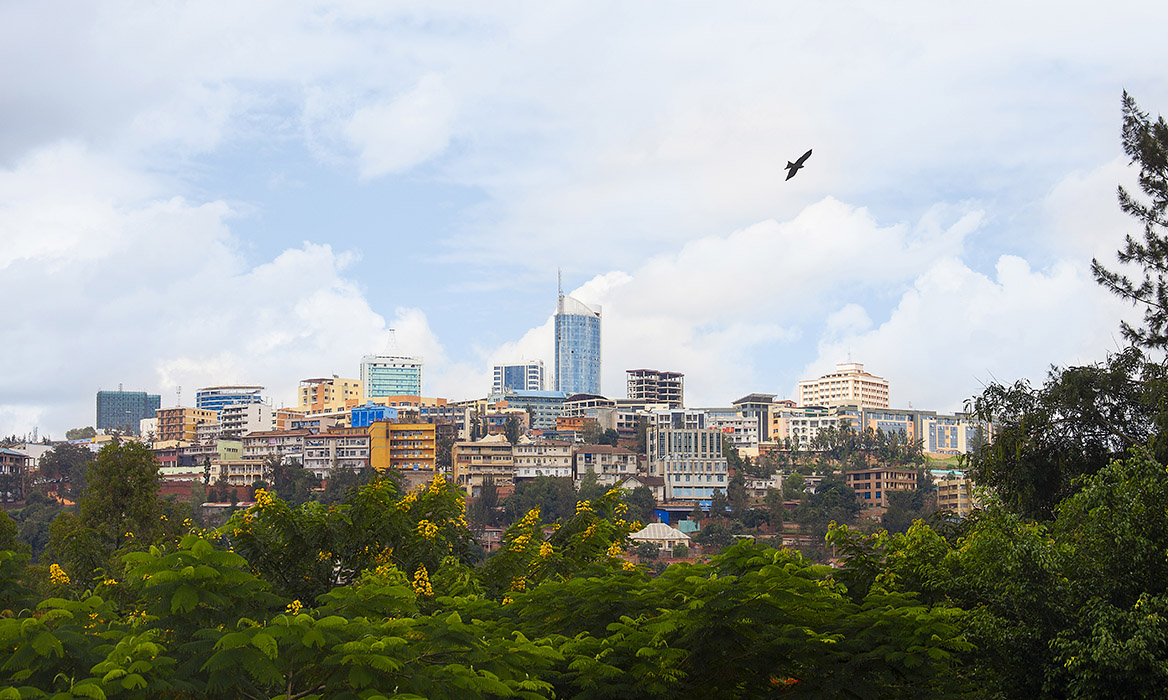Glenn Maule, Head of International Wholesale Sales at Liquid Dataport
In the early 1900s, the Ugandan Railway was built, connecting Mombasa to Lake Victoria, and facilitating trade within the region. This milestone in East African history connected its many regions not only to each other but to the world and opened many economic opportunities. So much opportunity that this railway led to the founding of Kenya’s now greatest city, Nairobi, which was originally established in 1899 as a railway depot specifically for the Uganda-Kenya railway.
As always, great progress always comes with great risk. The construction of this railway was fraught with danger with incurable diseases, dangerous terrain, and hostile wildlife proving a mighty obstacle to the line’s construction. Even so, the line was built, and the region thrived.
Fast forward 120 years and you’ll find these same transport corridors still in use today, not just as a channel for rail transport, but for the fibre connectivity infrastructure that connects Africa to the world. But is that enough? Africa is ready to grow exponentially, however, without sufficient connectivity infrastructure in place (not to mention other key infrastructure, e.g. clean water, stable electricity supply, etc.), hope for growth is fruitless as millions of Africans remain economically disconnected from each other, and the world.
Right now, there is no shortage of internet capacity landing on this continent’s shores. The subsea cables are many and continue to bring in more bandwidth. Over the next two years, the continent will see 400 Terabits of capacity brought in from new undersea cables, but without a suitable framework for inland connectivity that potential remains sorely untapped. International capacity of this magnitude is going to need a terrestrial backbone provide ubiquitous Internet access, unlocking economic potential across the continent. This is what drives Liquid Dataport, and we are succeeding, in this most important endeavour.
At Liquid, we have built critical fibre corridors across the continent. This is Africa’s largest independent fibre network, offering connectivity to all the main subsea cable systems that link the continent to the rest of the world.
It has been no easy feat to lay down the physical lines across an incredibly varied and arduous landscape. Navigating issues like electricity, regulatory frameworks, politics, and sometimes even non-existent infrastructure. In some cases, we even had to construct the roads that took us through the jungle as we laid down the fibre.
Our role in spreading the bandwidth inward is one of the most critical catalysts for economic growth that this continent needs. We are building terabit capable systems now, allowing African economies and communities to think bigger, and ensure that connectivity (to neighbouring communities and the world at large), is no longer a physical or commercial obstacle.
With stable internet connectivity spread out throughout the continent, and greater bandwidth being consumed, we can finally drive down the cost of connectivity. As data prices drop, internet service can increase their reach and their business grows along with the rest of the continent. It’s a win-win-win-win all the way down the African value chain.
From a connectivity standpoint, our future is very dependent on what we can do in Africa from a country-to-country perspective. We continue to work with regulators across all countries to enable a connectivity framework that allows for competition and ultimately develops the local economy. If we truly seek to catapult Africa into the connectivity stratosphere, further deregulation of the African telecommunication environment is a critical step in unlocking true economic growth and inclusion.
Following any form of deregulation, Africans are very quick to grasp the opportunity and establish businesses in an extremely competitive market. It’s now relatively simple (in deregulated markets) for an individual to build a small ISP offering from a local data centre and start offering internet access at aggressive price points. Our role as builders of key infrastructure is to not-only support these endeavours, but create models that allow us to compete in the best interests of the end-users. Much like we saw with the introduction of e-hailing services versus traditional taxis, price is an important component of the decision-making, so we have to adapt and participate meaningfully for all stakeholders.
Historically a participant may have built a route that offers a monopolistic position in the market, and this position could extend for several years. This “competitive-advantage” is no longer sustained for any length of time, and competition typically arrives within months. We rely on regulators to help promote a competitive environment that diminishes the opportunity for any one participant to assume a monopolistic position. It is imperative that regulators facilitate engagements with all legitimate participants and allow them the respective licenses they need to build and bolster connectivity, therefore improving the lives of Africans everywhere.
You may be surprised at the sheer number of African communities living in remote areas like the ones we pass through and connect. In fact, 2020 data from the World Bank estimates that 59% of Africans live in rural areas, many of which are far from civilization.
From the physical challenge of installing fibre lines across the length and breadth of the continent to navigating optimal economic routes that sees the local market grow and the continental economy flourish – there is no doubt that connectivity is critical to unlocking Africa’s potential. The opportunity is there, and we are making the most of it.
Much like the intrepid railwaymen of the late 1800s, it has been no easy feat installing the requisite infrastructure needed to spread this bounty of bandwidth across the continent. But every day, meter by meter, we are digging across savannahs, rivers, jungles, villages, and cities, to continue to address the growing demand for connectivity. Africa will persevere and prosper with connectivity lying at the centre of it all. Of this, there is have no doubt.






